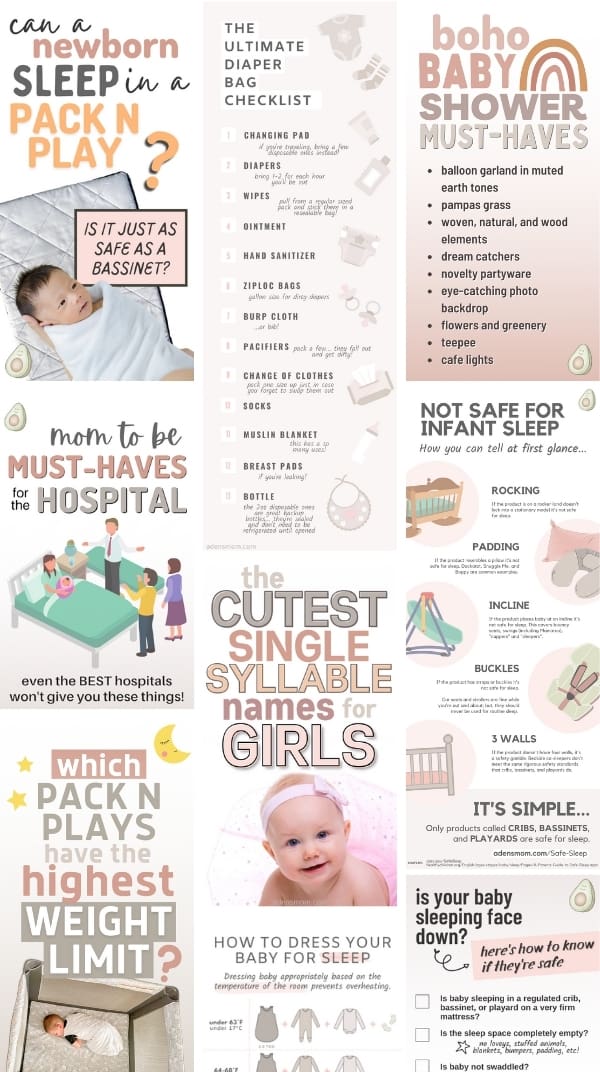What do the experts have to say about the safety of memory foam mattresses for infant sleep?
If you’re confused about which baby mattress to get, you’re not alone!
In the ‘Wild West’ of unregulated infant sleep products, it’s really difficult to know what’s safe, what’s unsafe, and what’s just marketing.
Let’s simplify things…
First, we’ll take a look at what the American Academy of Pediatrics (AAP) says about memory foam crib mattresses, specifically.
Then, we’ll look at the safest options for baby mattresses.
Finally, we’ll answer common questions about infant mattress safety.
There may be affiliate links in this post. Read this disclosure policy to learn more.
PIN FOR LATER
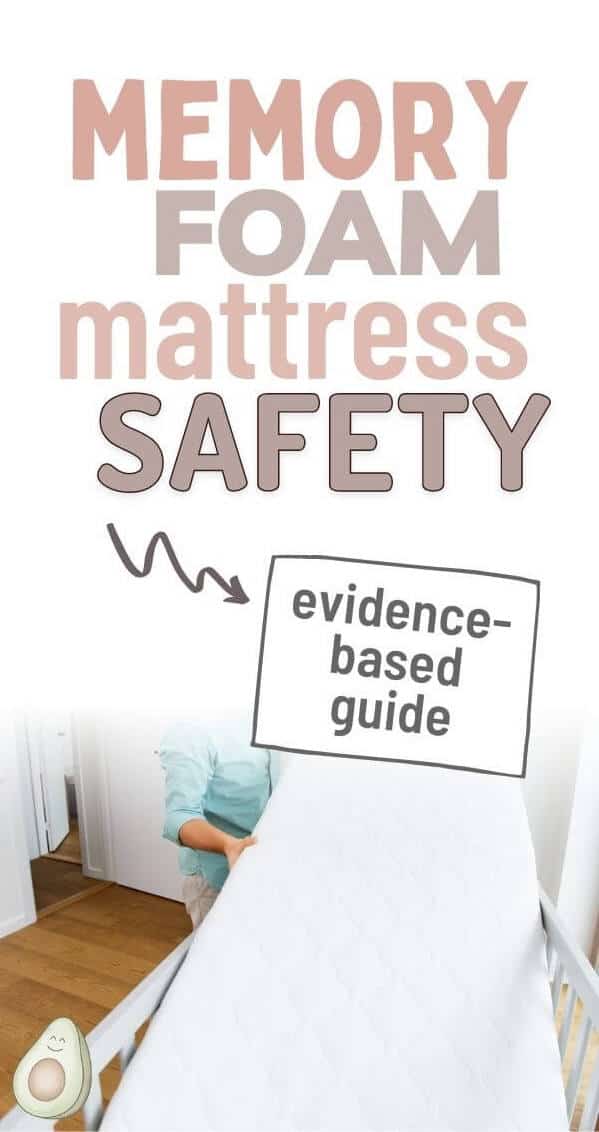
What is a memory foam crib mattress?
A memory foam crib mattress is a sleep surface that molds to a baby’s body in response to pressure.
It recovers its original shape when pressure is removed.
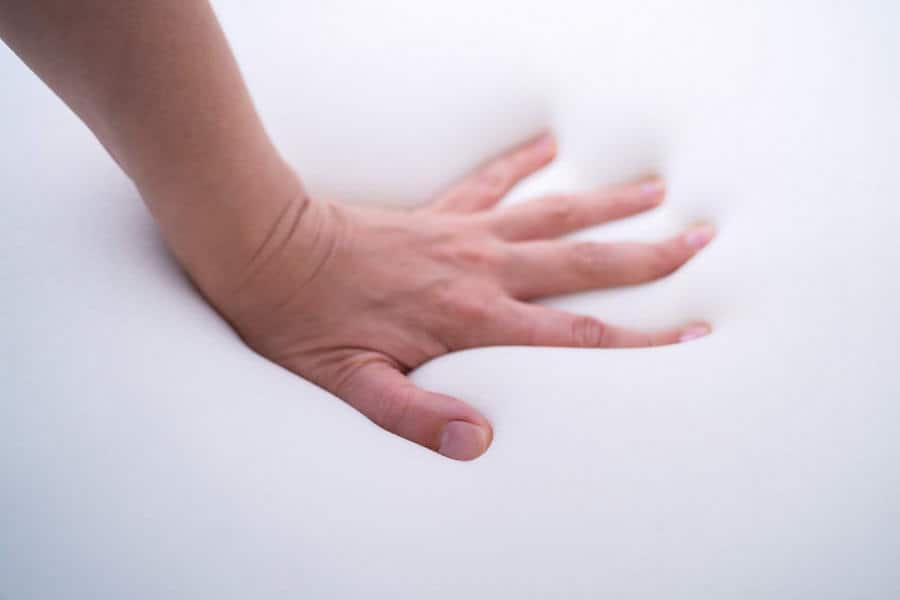
A quick note for clarity: This post is discussing crib mattresses, NOT play yard mattresses.
Play yards (also called Pack ‘n Plays) come with their own mattress pads. Never purchase a separate mattress or mattress topper for a play yard. Read more here.
Are memory foam crib mattresses safe for babies?
No. Memory foam mattresses are not safe for babies.
(In a moment, we’ll take a look at which options are safe!)
According to the AAP’s task force on Sudden Infant Death Syndrome,
“Soft mattresses, including those made from memory foam, could create a pocket (or indentation) and increase the chance of rebreathing or suffocation if the infant is placed in or rolls over to the prone position.”
In order to reduce the risk of SIDS, the #1 cause of infant death, babies should sleep on a firm surface (in a regulated crib, bassinet, or play yard).
[Related: How to keep your baby safe when he starts rolling]
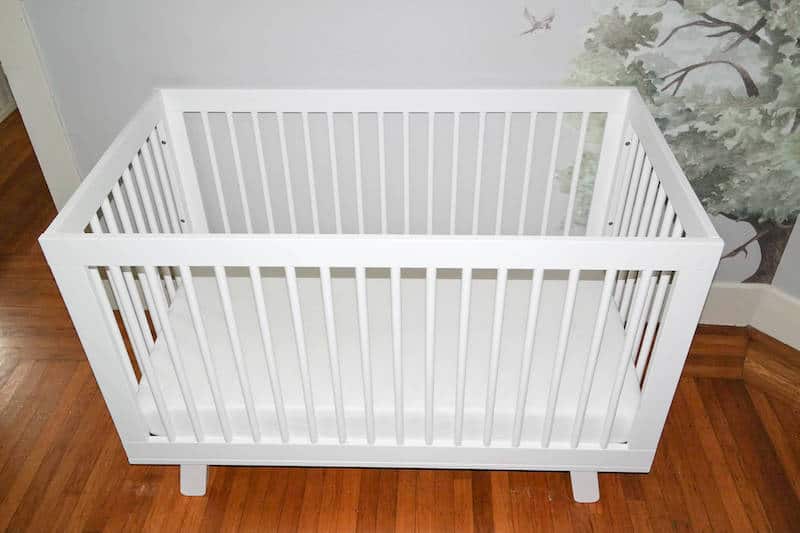
This is our crib mattress. It’s firm and fits our crib perfectly. It also came with a waterproof cover!
How to know whether a crib mattress is safe
Let’s take a look at the 2 F’s of crib mattress safety:
 Firmness: “A firm surface maintains its shape and will not indent or conform to the shape of the infant’s head when the infant is placed on the surface.” (AAP)
Firmness: “A firm surface maintains its shape and will not indent or conform to the shape of the infant’s head when the infant is placed on the surface.” (AAP)
 Fit: “The mattress should be the same size as the crib so there are no gaps to trap arms, body, or legs…
Fit: “The mattress should be the same size as the crib so there are no gaps to trap arms, body, or legs…
If you can insert more than two fingers between the mattress and the sides or ends of the crib, the crib and mattress combination should not be used.” (AAP)
Let’s break these subjects down a bit further…
Or, if you’d rather, you can skip ahead to safe crib mattresses.
Firmness
Unfortunately, there are currently no federal standards for the firmness of baby mattresses.
There should be—and activists are pushing for legislation to change this. But that’s another story.
This means that we as parents must test for ourselves whether a crib mattress is sufficiently firm.
I hate this because it’s so unscientific, but this is all we’ve got right now…
CRIB MATTRESS FIRMNESS TEST
 Press your hand into the mattress. If it feels squishy, dips down, or shows a hand print when you remove your hand, the mattress is too soft.
Press your hand into the mattress. If it feels squishy, dips down, or shows a hand print when you remove your hand, the mattress is too soft.
 Place a 10-lb weight on the mattress and observe the same as above. If the mattress indents underneath the weight, it’s not firm enough.
Place a 10-lb weight on the mattress and observe the same as above. If the mattress indents underneath the weight, it’s not firm enough.
If this sounds complicated, you can go with one of the 3 options below that I know to be firm.
Fit
Even if a baby mattress is firm, it can pose a safety hazard if it’s slightly too small for the crib.
There are 2 ways to determine whether there is a proper fit.
(It’s best to use these methods in conjunction).
CRIB MATTRESS FIT CHECK
 Read your crib’s user manual. The manual will explicitly state what size mattress to use.
Read your crib’s user manual. The manual will explicitly state what size mattress to use.
(If you don’t own the crib yet, you can Google the crib model you’re planning to get and find the user manual online.)
Here’s an example of what this may look like (be sure to read your own manual):
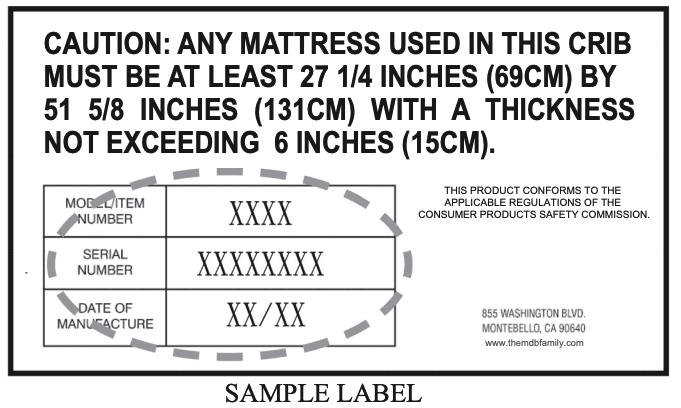
 Test the fit of the mattress by trying to stick your fingers between the mattress and the sides of the crib.
Test the fit of the mattress by trying to stick your fingers between the mattress and the sides of the crib.
If you can insert more than 2 fingers, the mattress is too small for the crib.
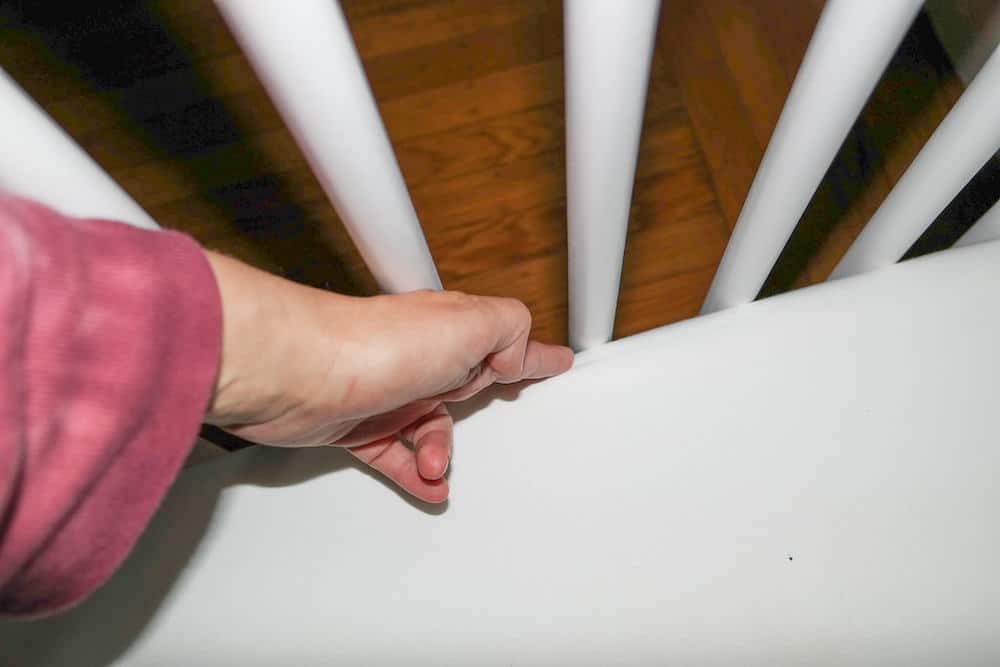
I can’t even squeeze one part of one finger between Aden’s crib mattress and crib. It’s a super tight fit.
Which crib mattresses are safe?
Now we’ll cover a few options for non-memory foam crib mattresses. All of these are sufficiently firm.
Again, don’t forget to check that the mattress you choose fits properly in your specific crib.
Crib mattresses to consider:
- This Babyletto mattress is the one we have! It’s very firm and fits perfectly in our Babyletto crib. No complaints to note!
- This Graco mattress is a common favorite in my safe sleep groups. It’s reasonably priced and has a removable washable cover.
- This Serta mattress is indeed “extra firm” as it’s marketed to be. The infant side has a waterproof cover and the toddler side is water and stain resistant.
These are just a few options to get you started. There are plenty of other safe crib mattresses that aren’t on this list!
Additional baby mattress safety considerations
- Never add anything to make an infant mattress more comfortable. The mattress is firm for a reason. Don’t add a blanket underneath baby or a mattress topper.
- The crib should be completely empty except for… a fitted sheet, a thin fitted waterproof mattress cover (optional), and a pacifier (optional). No bumpers, no comfort objects, no blankets.
- Know which side is up. Many crib mattresses have an infant side and a toddler side. Make sure you are using the infant side (which is firmer) for at least the first year of life. Check the user manual to see when it’s safe to flip it.
Related: Bassinet Mattress Safety
Frequently asked questions (FAQs) related to memory foam crib mattresses
What if the mattress is "breathable"?
There are no standards for breathability and there is no evidence that “breathable” mattresses are safer than others.
Even if a baby mattress is marketed as “breathable,” if it’s memory foam, it’s unsafe.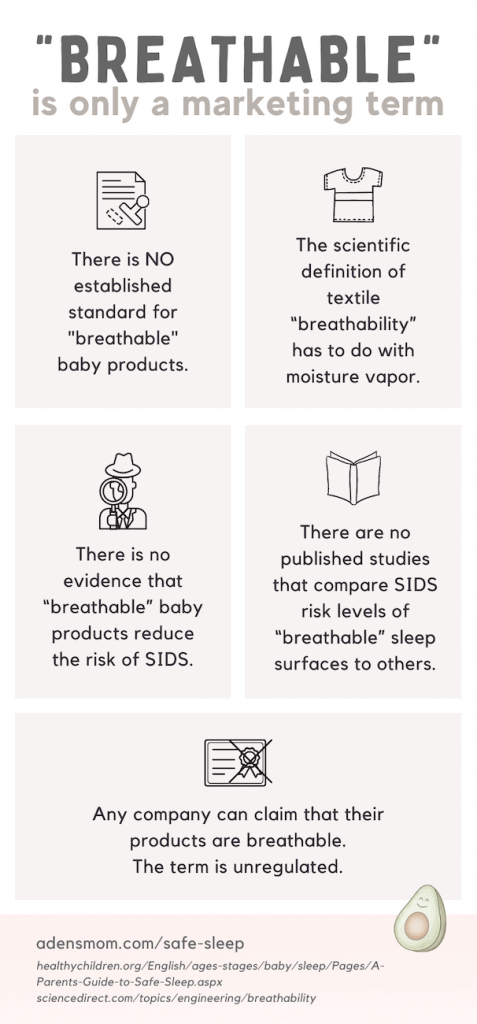
(Pin or save this graphic for later!)
What about all the 5-star memory foam crib mattress reviews?
Many well-intentioned people are not familiar with the safety risks of popular baby products.
It’s easy to assume that products stocked by all of the major retailers are safe.
The chairperson of the AAP’s SIDS task force, Dr. Rachel Moon, laments,
“What concerns me is that a lot of parents think there is a proactive agency that checks all of these products before they go on the market, like an ‘FDA’ for (SIDS) products. But there isn’t.” (Source)
It’s important to realize:
Just because a product appears to be safe and is highly rated by other parents, doesn’t mean that it is safe.
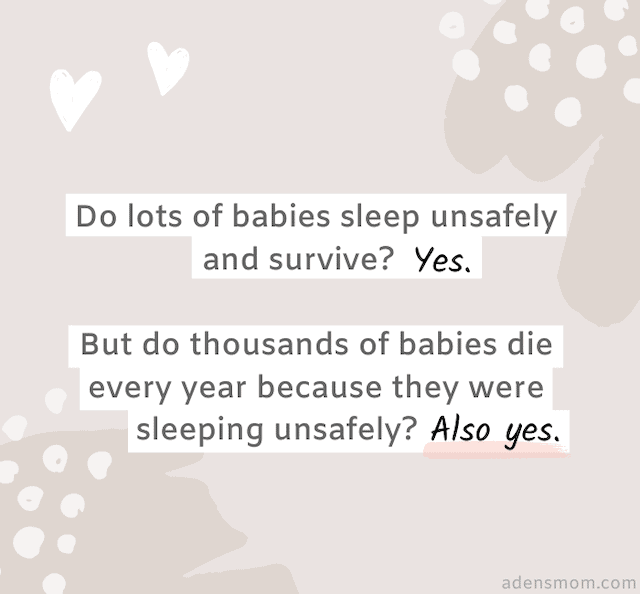
Are memory foam mattress toppers safe for infants?
Memory foam crib mattress toppers are NOT safe for babies.
Memory foam sleep surfaces should be avoided until at least age 2.
Note that mattress toppers of any kind are unsafe before age 1.
“Mattress toppers, designed to make the sleep surface softer, should not be used for infants younger than 1 year.” – AAP
Are regular foam crib mattresses safe?
Yes. Polyurethane foam mattresses are safe for babies; just make sure that the product description only says “foam” and not “memory foam.”
This foam mattress is an excellent option. (Check to see if it fits correctly in your crib).
Are coil crib mattresses safe?
Yes, spring mattresses are safe for babies as long as they are firm and fit properly in the crib.
Is a foam or coil mattress better for baby?
Safety wise, it makes no difference, as long as the mattress is firm and fits in the crib with no gaps.
What is the most comfortable crib mattress?
There is a negligible difference in comfort levels between safe crib mattresses.
This is because all safe crib mattresses are of relatively equal firmness.
While the idea of a soft crib mattress is appealing because we want our babies to be cozy, they simply aren’t safe.
Your baby’s comfort is important, but his or her safety is MORE important.
comfortable ≠ safe
An infant’s ability to wake easily is what protects them against SIDS.
Placing a baby to sleep on a plush surface suppresses this important life-saving mechanism.
Do more expensive mattresses have better safety features?
There is no evidence that this is the case.
According to the AAP,
Recently, special crib mattresses and sleep surfaces that claim to reduce the chance of rebreathing carbon dioxide when the infant is in the prone position have been introduced. Although there are no apparent disadvantages of using these mattresses if they meet the safety standards as described previously, there are no studies that show a decreased risk of SUID/SIDS.
To reiterate: what’s most important is firmness and proper fit.
Is co-sleeping on a memory foam mattress safe?
No. In fact, this is incredibly unsafe.
Sleeping with a baby on a memory foam adult mattress exacerbates the risks of bedsharing in general.
Bed-sharing on any type of mattress is associated with an increased risk of SIDS.
Bedsharing exposes infants to risks of unintentional injury and death, such as suffocation, asphyxia, entrapment, falls, and strangulation.
A soft mattress increases the likelihood of several of these risks.
When a soft mattress indents, a side- or prone-facing baby may rebreathe CO2 that has accumulated in air pockets.
Babies should have their own sleep space. It should be firm and free from bedding and comfort objects.
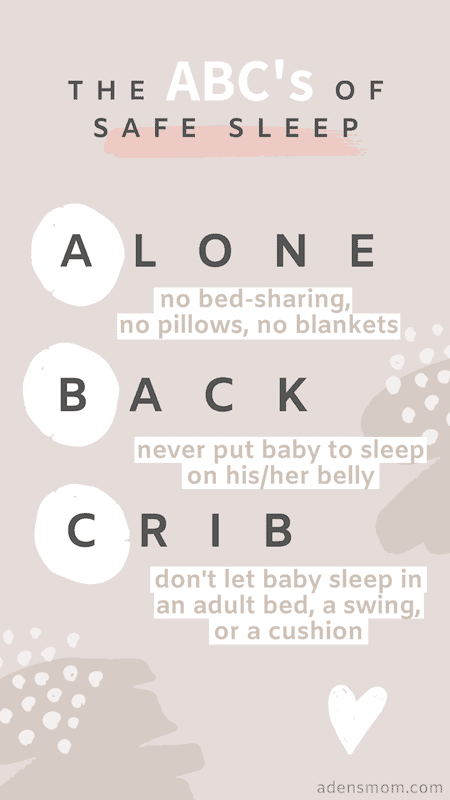
Read all about the ABCs of Safe Sleep!
Can a 1 year old sleep on memory foam?
No. It’s not safe for a one year old to sleep on a memory foam mattress.
Continue using a firm crib mattress to minimize the risk of suffocation.
If your crib mattress has a “toddler” side (which is slightly softer than the infant side), it may be safe starting at 15 months, but check your user manual to be sure.
Can toddlers sleep on memory foam?
It’s considered low-risk for a toddler over the age of 2 to sleep on a memory foam mattress.
This is the age that the AAP gives the green light for letting a toddler sleep with a small firm pillow.
How can memory foam crib mattress companies claim they meet CPSC standards?
Just because a company claims to “meet or exceed CPSC regulations,” doesn’t mean their product is safe for infant sleep.
Often, the standards they are referring to are for flammability, lead, and phthalate testing.
Always check for yourself whether the mattress is sufficiently firm and fits properly in the crib without any gaps.
As the CPSC notes in this federal register,
A crib mattress must be sufficiently firm to prevent a child’s nose and mouth from being obstructed by a mattress that is too soft and pillow-like.
Remember, a crib mattress should not indent under an infant’s head.
What are the federal standards for crib mattresses?
As we’ve already discussed, there are currently no federal standards for firmness, which is why memory foam baby mattresses are still allowed to be sold.
That said, crib mattresses are required to meet federal statutes for the following:
- Flammability
- Lead content in painting/coating
- Size (different standards for full-size and non-full-size)
- Thickness (different standards for full-size and non-full-size)
(List not exhaustive)
If you want to be certain that you’re buying the safest crib mattress, make sure it meets the voluntary standard ASTM F2933.
Then, check the firmness and fit for yourself using the methods we discussed earlier.
You may also like:
Snuggle Me Safety: The Evidence-Based Guide
This post answers questions such as:
- Is a lounger like Snuggle Me or Dockatot safe for infant sleep? — What if you’re watching?
- Is it safe to put a lounger in a crib or bassinet?
Read the article here.
Share this post with a friend or family member!
Articles related to memory foam crib mattress safety:
- What Not to Put on a Baby Registry: UNSAFE Stuff to Skip
- CoSleepers Attached to a Bed: Safe or Unsafe?
- How to Keep a Baby Warm at Night (Evidence-Based Guide)
- Woodland Animal Crib Sheets (10 best options)
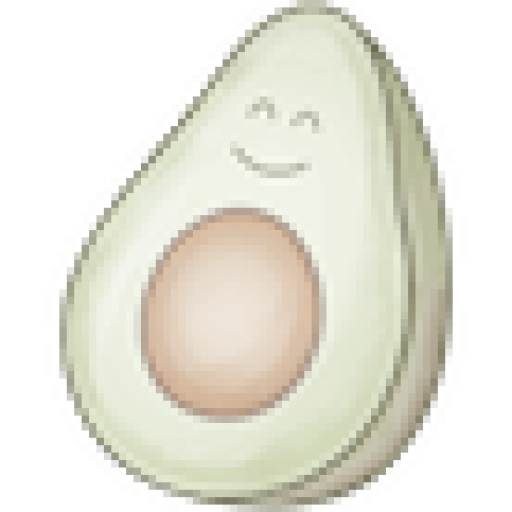
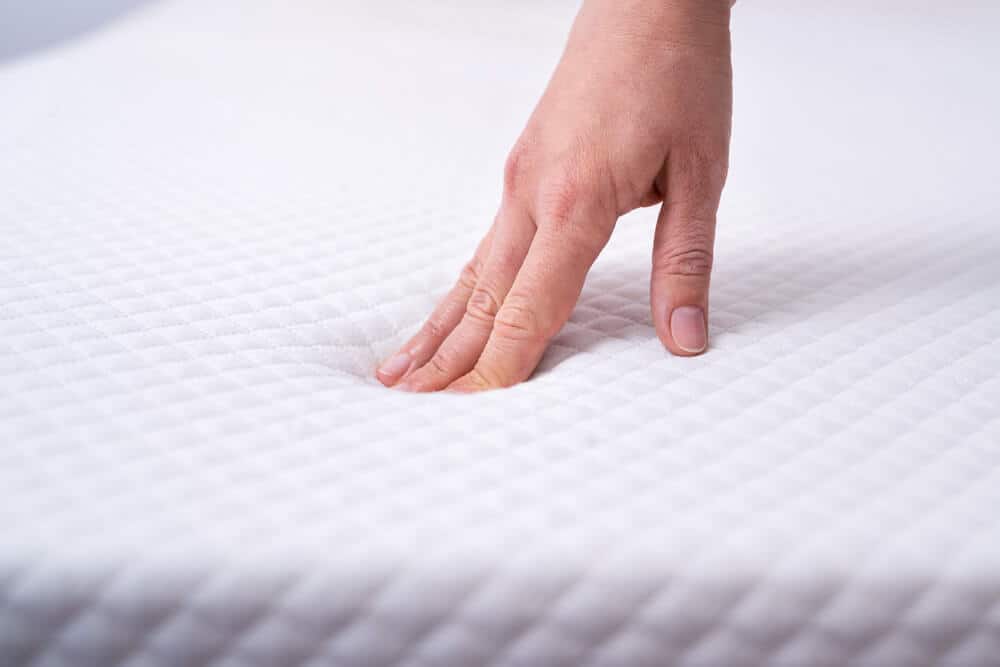
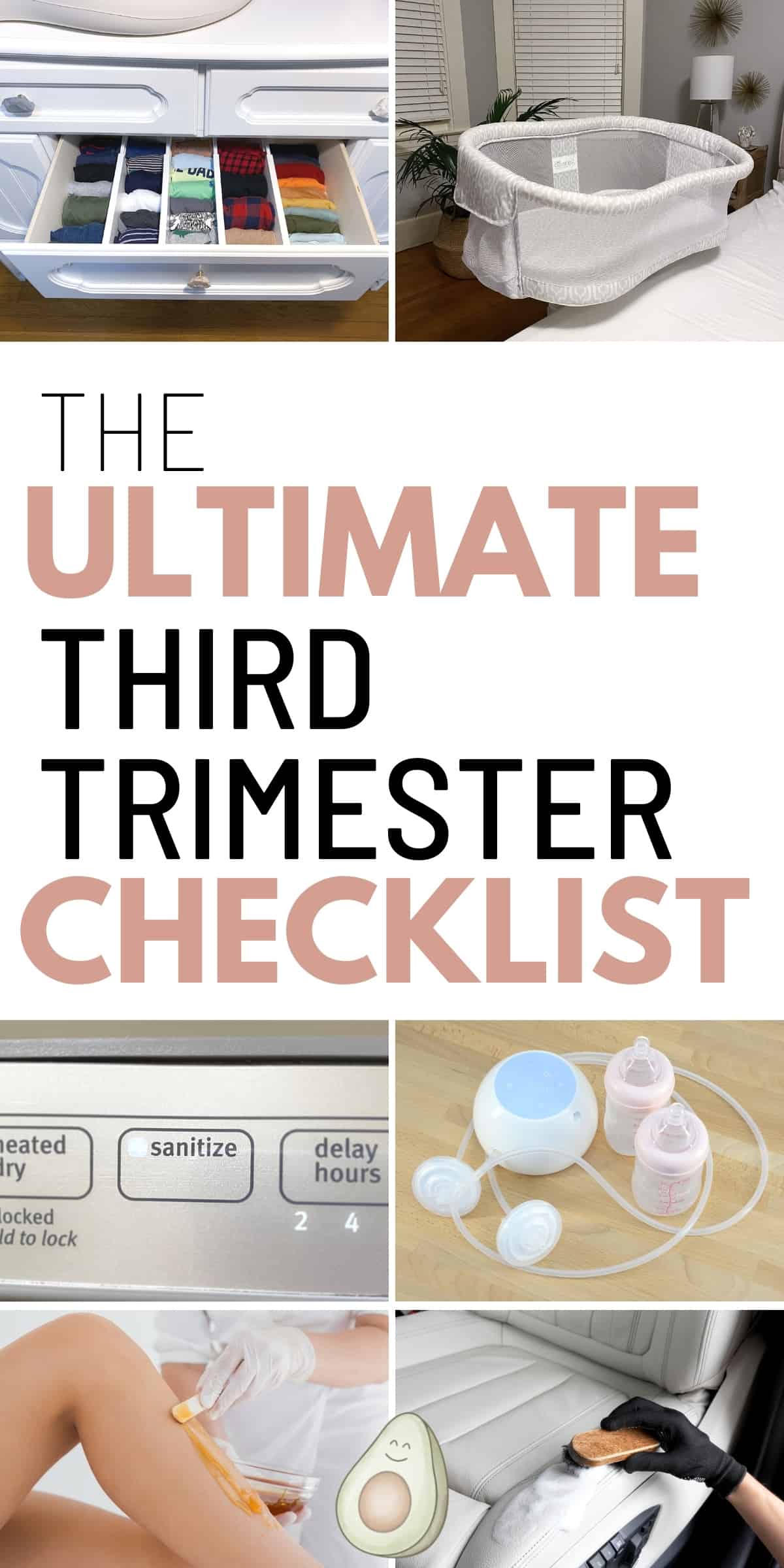
 Follow on Pinterest
Follow on Pinterest